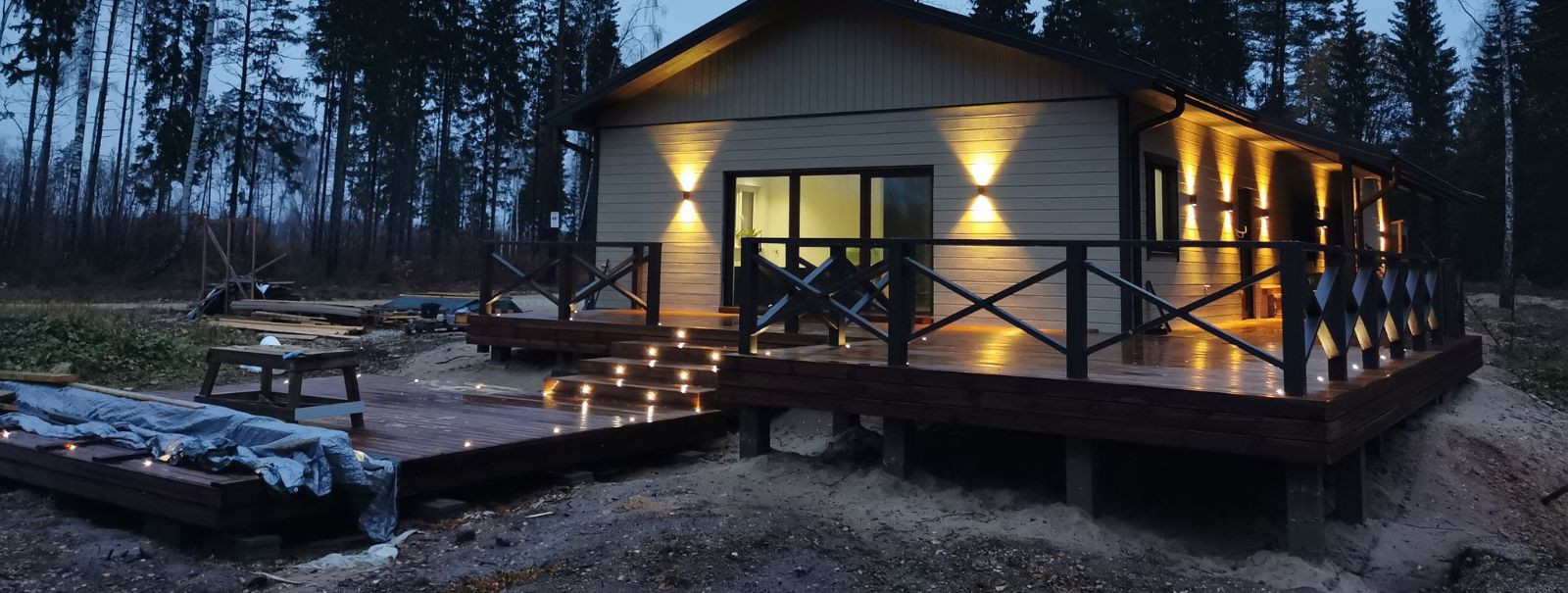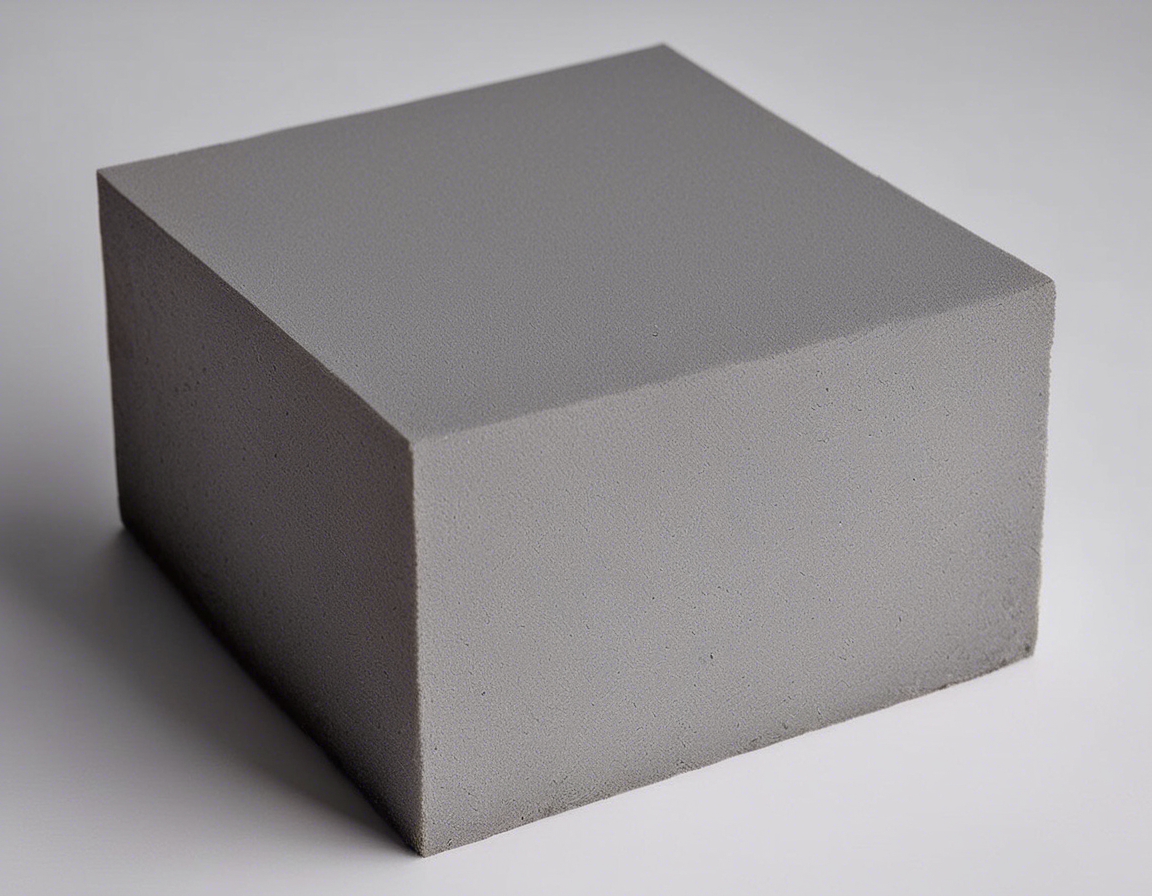5 eco-friendly building materials transforming construction
As the construction industry evolves, so does the need for materials that not only stand the test of time but also protect our planet. In this post, we'll explore five eco-friendly building materials that are making waves in the construction world, offering sustainable alternatives to traditional practices.
The Rise of Eco-Friendly Construction
The demand for sustainable building materials is on the rise as more homeowners, real estate developers, and commercial clients seek construction partners who can deliver projects with minimal environmental impact. This shift is driven by a growing awareness of the need for environmental stewardship and the desire for healthier living and working spaces.
Eco-friendly building materials offer numerous environmental benefits, including reduced energy consumption, lower carbon footprints, and conservation of natural resources. By choosing these materials, the construction industry can significantly contribute to the fight against climate change.
1. Bamboo: The Versatile Giant
Bamboo is one of the fastest-growing plants on Earth, making it an incredibly renewable resource. Its rapid growth cycle allows for frequent harvesting without causing damage to the ecosystem.
Despite its lightweight nature, bamboo boasts a strength-to-weight ratio comparable to steel, making it a formidable material for construction.
Bamboo is being used in everything from flooring and cabinetry to structural elements in buildings, showcasing its versatility and eco-friendliness.
2. Recycled Steel: Strength Reimagined
Recycling steel reduces the need for raw material extraction, conserving energy and natural resources. It also minimizes waste, as steel can be recycled indefinitely without loss of quality.
Recycled steel maintains the strength and durability of new steel, making it an excellent choice for structural components in construction.
Using recycled steel can contribute to achieving green building certifications like LEED, enhancing a project's sustainability profile.
3. Cork: Nature's Acoustic Insulator
Cork is harvested from the bark of cork oak trees, which regenerates over time. This practice does not harm the tree, making cork a highly sustainable material.
With excellent thermal and acoustic insulating properties, cork is ideal for flooring, wall coverings, and as an underlayment material.
Cork comes in various textures and colors, offering design flexibility while adding a warm, natural aesthetic to any space.
4. Rammed Earth: The Ancient Future of Building
Rammed earth construction utilizes natural raw materials, significantly reducing the environmental impact associated with manufacturing and transporting building materials.
The high thermal mass of rammed earth walls can regulate indoor temperatures, leading to energy savings and increased comfort.
Modern rammed earth construction combines traditional techniques with contemporary design, resulting in stunning and sustainable buildings.
5. Hempcrete: The Carbon Negative Innovation
Hempcrete is a bio-composite material that captures carbon dioxide during the hemp plant's growth and continues to sequester carbon throughout its lifecycle.
Hempcrete naturally regulates humidity and improves indoor air quality, contributing to healthier living environments.
While hempcrete is gaining popularity, challenges such as regulatory barriers and market unfamiliarity still exist. However, its potential for sustainable construction is immense.





Comments (0)